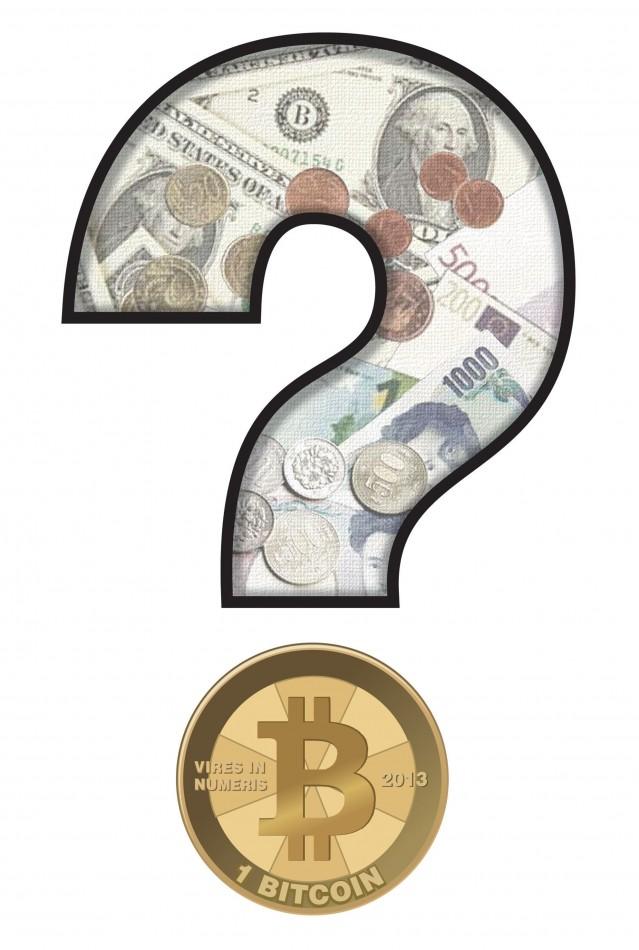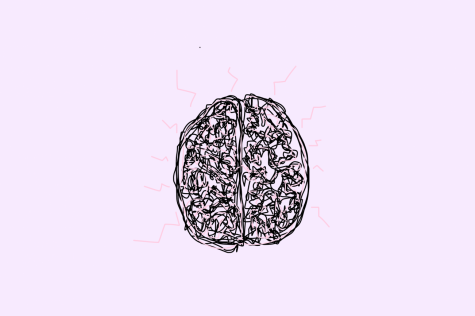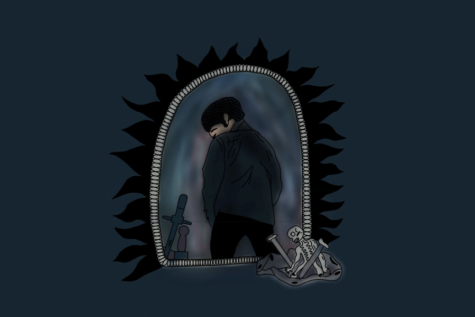The dark web
The Internet is a widely expansive and ever-evolving platform in which people are able to communicate and interact. We continue to be amazed at the speeds in which the Internet has developed, allowing people to do more and more things with it’s service. We can now have food delivered to our homes, movies streamed right to our televisions, our money transferred between online accounts, and soon drones will be able to deliver packages to our doorsteps. But could anyone imagine a currency made to be used exclusively on the web? That was Satashi Nakamoto’s dream, a decentralized system of currency using online “coins” exchanged between users called BitCoin.
The idea is to create a self-stabilizing economy that people can interact with across the world. The catch is that BitCoin doesn’t use a federal reserve to “print off” more BitCoins as the system needs, in fact, there will only be 21 million BitCoins ever put into the system.
So how does one go about acquiring a BitCoin? The system uses complicated algorithms that a user can solve, using a software system, that produces a 64-digit number. When that algorithm is solved, the user is awarded a certain number of BitCoins depending on the difficulty of the problem. Not only does this reward encourage more to be involved in mining, it also creates a more secure network.
But how much is 1 BitCoin worth? Just like as any other decentralized system, the price fluctuates immensely, and is extremely volatile to change. Just ten months ago, a BitCoin was worth 70 U.S. dollars, but as of April 3rd, it’s value raised to about 450 U.S. dollars (according to http://preev.com/ ). The network drops and peaks in value constantly. Due to these immense changes in value, people often question the credibility of BitCoin. Due to the finite amount of BitCoins that will ever be “mined” from the system, the value of BitCoins is destined to rise as less and less BitCoins become available for grabs. The price of a BitCoin had at one point been parallel with the dollar from February-April of 2011, only a year after it’s creation.
With the emergence of this new system of currency, it’s own set of purposes come with it. One major use of the BitCoin was to purchase untraceable drugs from websites such as the Silk Road. The online currency could not be traced back to you, and you could read reviews of the product before purchasing it. It was a new revolutionary form of illegal activity. However, the original Silk Road was shut down, and the alleged creator, Ross Ulbricht, was arrested due to a slip-up in using his real name in an e-mail address that he posted on multiple forums promoting his site.
While the Silk Road may have been one initial purpose of BitCoins, it’s use is ever expanding. Everyday, more and more companies are accepting it as a currency in which you can pay. If you need a haircut or slice of pizza, odds are a shop near you accepts BitCoins. Online sites such as PayPal, Zynga, eBay, and even OkCupid accept BitCoins as acceptable means of purchase. There are instances in which 1 BitCoin equals more than said item would be in dollars (or whichever system of currency you use) So one can use fractions of BitCoins that would be equal to whatever you were buying. For instance, an owner of a Subway shop once allows customers to buy a five dollar foot-long for 0.006 BTC.
Even with all the conveniences of a completely online currency, the system is just as dangerous as it is hassle-free. Hackers using TOR software to hide their identities have always been at BitCoin’s throat, attempting the crash the network, and have successfully done so on four different occasions. Love it or hate it, BitCoin is bravely going where no currency has gone before.
Your donation will support the student journalists of Kirkwood High School. Your contribution will allow us to purchase equipment and cover our annual website hosting costs.

Grade: 12
Twitter handle: @D3mocracy_
If you could be another Call staffer, who would you be?: David Reynolds so I could know what it's like to get...







![Of course [people have been mean to me],” Jack Baranski, sophomore, said. “I don’t remember their names though. History forgets those who were judgmental of others’ creativity.”](https://www.thekirkwoodcall.com/wp-content/uploads/2019/11/printout-30-e1572837637888-475x317.jpg)




Mina Fisch • May 18, 2020 at 5:37 am
1 Bitcoin equals $ 70. It is shocking for me that its price was that much low. But as far as today is concerned, the price of BTC is 9627$. (Source https://btctousd.net/btc/usd) . No doubt the predictions are there that the price of BTC could go to 20,000$